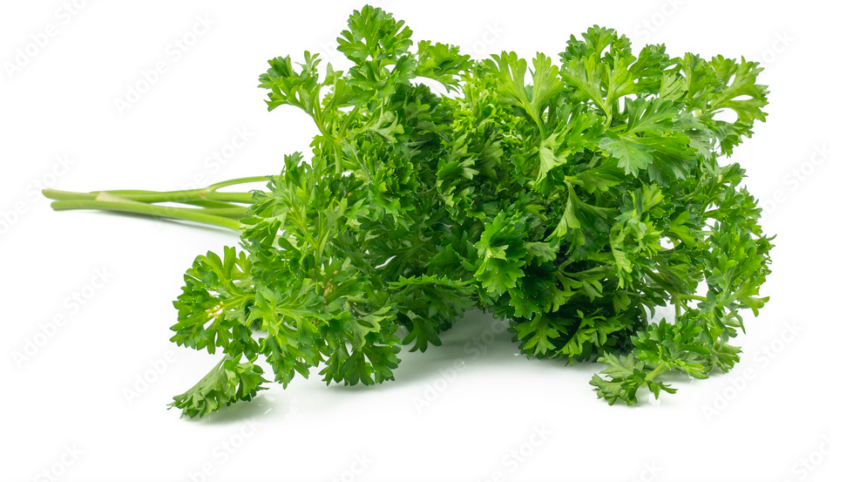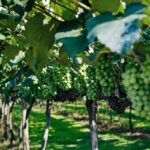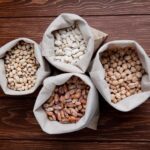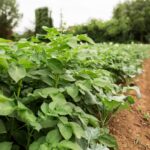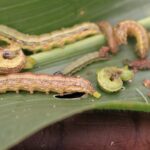Parsley is a versatile and flavorful herb that adds a fresh touch to a variety of dishes. Whether you’re planning to grow flat-leaf (Italian) parsley or curly parsley in South Africa, understanding the specific requirements of this herb is key to a successful harvest. Here are ten important things you should know before growing parsley:
- Climate and Region: Parsley grows well in South Africa’s temperate to subtropical regions. It prefers moderate temperatures between 10°C and 27°C. In areas with harsh winters, consider growing parsley as an annual or protect it from frost with row covers or bring it indoors during colder months.
- Soil Requirements: Parsley thrives in well-drained soil rich in organic matter. Prepare the soil by removing weeds, rocks, and debris. Amend with compost or well-rotted manure to improve soil fertility and drainage. Parsley prefers a slightly acidic to neutral pH level between 6.0 and 7.0.
- Variety Selection: There are two main types of parsley: flat-leaf (Italian) and curly. Flat-leaf parsley is favored for its stronger flavor, while curly parsley adds a decorative touch. Choose the variety that suits your taste preferences and culinary needs.
- Planting Time: Parsley can be grown throughout the year in South Africa, but it’s best to plant it during the cooler seasons. Spring and autumn are ideal for starting parsley from seeds or transplanting seedlings into the garden.
- Seed Preparation and Planting: Parsley seeds have a hard outer coating that can delay germination. To speed up the process, soak the seeds in warm water overnight or lightly scarify them with sandpaper before sowing. Plant the seeds about 1 cm deep in well-prepared soil, spacing them 15-20 cm apart.
- Sunlight and Watering: Parsley thrives in partial shade to full sun. Provide it with at least 4-6 hours of direct sunlight each day. Keep the soil consistently moist but avoid overwatering, as parsley does not tolerate waterlogged conditions. Water deeply when the top inch of soil feels dry.
- Fertilization: Parsley benefits from regular feeding. Before planting, incorporate compost or organic fertilizer into the soil. Additionally, you can provide a balanced liquid fertilizer during the growing season to support healthy foliage growth.
- Harvesting: Parsley leaves can be harvested as soon as the plant has developed enough foliage, typically around 70-90 days after planting. Harvest from the outer portions of the plant, cutting the outermost stems near the base. Leave the inner stems to allow continued growth.
- Companion Planting: Parsley is a great companion plant in the garden. It attracts beneficial insects like hoverflies and predatory wasps that help control pests. Plant it near vegetables like tomatoes, peppers, and carrots to enhance their growth and flavor.
- Overwintering: In milder regions, parsley can survive through winter and continue producing foliage. Mulch around the base of the plants to protect them from frost and cold temperatures. Parsley can be grown indoors in pots during winter to ensure a year-round supply.
By keeping these ten important factors in mind, you’ll be well-prepared to cultivate parsley in South Africa. Enjoy the fresh flavor and versatility of this herb in your culinary creations, and savor the satisfaction of growing your own parsley at home.


